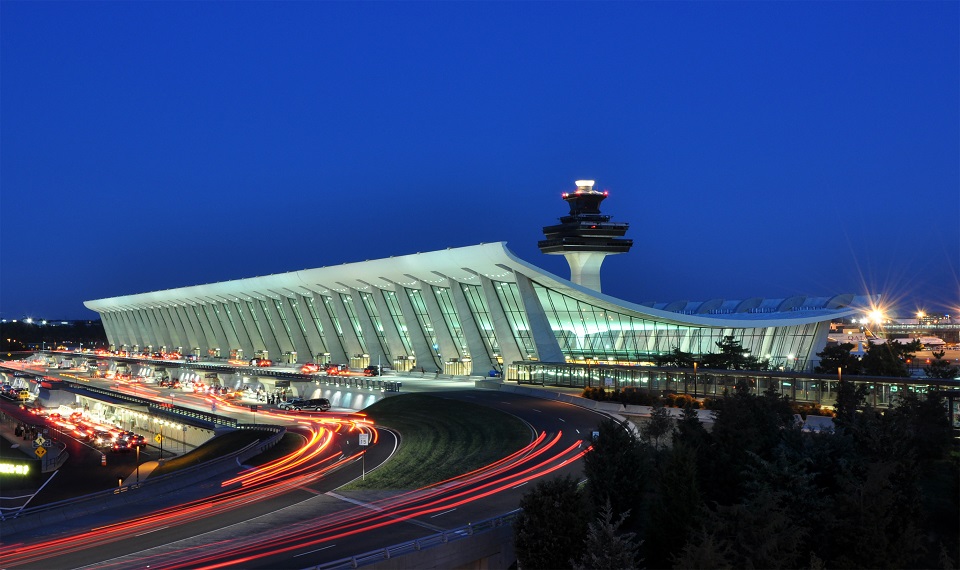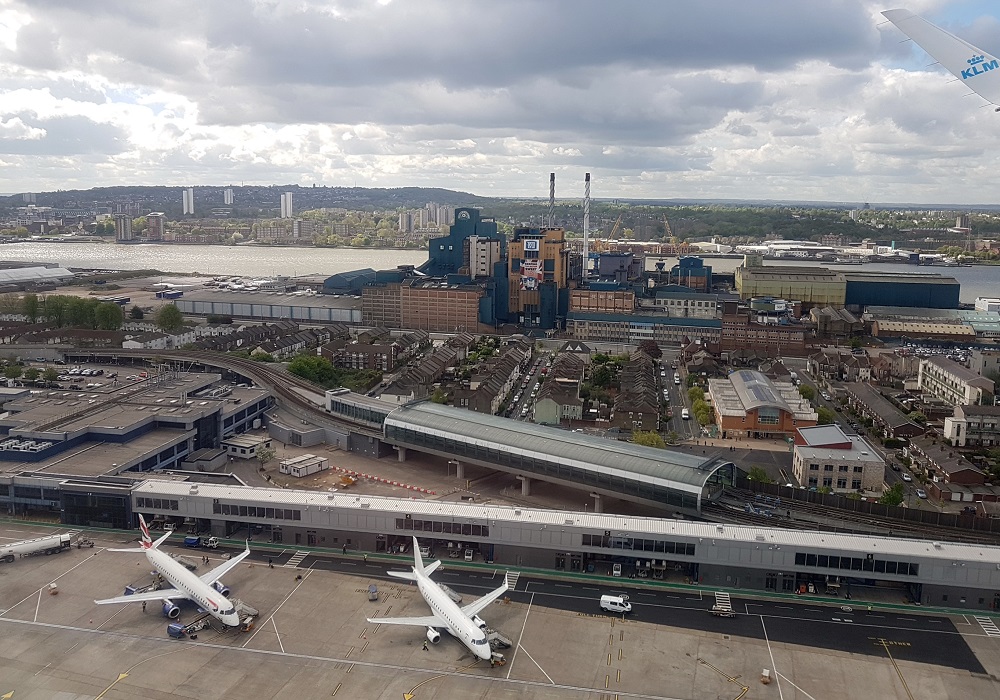Airport
From Dulles to Trump: Washington Airport Renaming Sparks Attention

House Republicans have recently introduced a bill in Congress that seeks to rename Washington Dulles International Airport, situated in Sterling, Virginia, near the nation’s capital, to “Donald J. Trump International Airport.”
The proposed renaming aims to honor former President Donald J. Trump, with supporters of the bill citing his leadership as a pinnacle of national greatness. They envision the new name as a symbol of freedom, prosperity, and strength, echoing sentiments shared by millions of domestic and international travelers who would pass through the airport.
Currently, Washington Dulles International Airport is named after the late Secretary of State John Foster Dulles, a dedication that dates back to 1984. Before that, it was dedicated by President John F. Kennedy in 1962.
Despite the introduction of the bill, its prospects for passage appear dim due to the Democrat-controlled Senate and the narrow Republican majority in the House of Representatives. The bill’s sponsor, Rep. Guy Reschenthaler, along with six cosponsors, acknowledges the uphill battle, recognizing the challenges posed by the political landscape.
Notably, this proposal wouldn’t mark the first time an airport in the D.C. area has been named after a Republican president, with the Ronald Reagan Washington National Airport already established in Arlington, Virginia.
While some Republicans champion the renaming initiative, there is considerable opposition, particularly among Democrats. Democratic Rep. Representing part of northern Virginia encompassing Dulles, strongly opposes the idea, pointing to legal issues surrounding Trump and suggesting alternative honors.
The bill, if passed, would mandate that all official references to the airport in laws, regulations, documents, and records be changed to Donald J. Trump International Airport. However, with the current political climate, the chances of the bill progressing through Congress and becoming law remain slim.

Airport
Three Major UK Airports Up for Multi-Billion Pound Sale

Three major UK airports, including London City, Birmingham, and Bristol, are set to be sold in a multi-billion pound deal as their Canadian owner, the Ontario Teachers’ Pension Plan (OTPP), seeks to capitalize on a booming air travel market.
The OTPP is in talks with minority shareholders about selling its stakes in these airports, as well as its holdings in Brussels and Copenhagen airports.
Current evaluations suggest the combined value of the five airports exceeds £10 billion, with OTPP owning between 25% and 70% stakes in each, potentially bringing the total sale to over £3.5 billion.
British Airways Unveils Its Brand-New First Class Cabin for the Airbus A380
The move comes as global aviation experiences a strong recovery, driving increased demand for air travel, particularly across Europe. The OTPP, which holds a significant portion of its portfolio in these airports, is in the process of offering its shares to co-investors with a 30-day “right of first refusal” period.
Analysts speculate that the sale could trigger a chain reaction, prompting other stakeholders to consider selling their shares, particularly if a new buyer seeks a controlling interest.
Bristol Airport, for example, has outlined an ambitious master plan to expand its capacity from 12 million passengers per year to 15 million by 2036, addressing the growing demand in the region.
Airbus Enhances A350 Cabin with 10-Abreast Seating
Meanwhile, London’s Heathrow and Stansted airports have seen record passenger traffic, further underscoring the sector’s recovery.
As the 30-day period progresses, the OTPP’s decision could spark a flurry of activity, with other investors such as Australian giant Macquarie reportedly showing interest in the airports.
This potential sale is set to reshape the future of UK airport ownership and investment, as the aviation industry continues to recover and grow.
-

 Aviation2 months ago
Aviation2 months agoMicrosoft Flight Simulator Raises $3 Million to Bring Back the An-225 Mriya
-

 Airlines2 months ago
Airlines2 months agoQatar Citizens Can Travel to the United States Without a Visa
-

 Aviation2 months ago
Aviation2 months agoQatar Airways bans these new Electronic Devices on plane
-

 Defence2 months ago
Defence2 months agoWhich Country Has the Largest Fleet of Fighter Aircraft?
-

 Airlines5 days ago
Airlines5 days agoDAMAC Air: Dubai’s New Luxury Airline Offers Free Flights for Registration
-

 Airport2 months ago
Airport2 months agoWestern Sydney Airport Welcomes Its First Plane After 6 Years of construction
-

 Airlines4 days ago
Airlines4 days agoAir India to Launch aircraft maintenance training institute in Bengaluru
-

 Aviation2 months ago
Aviation2 months agoDid you know ? Once Boeing 747 carried 1088 passenger in 1991








